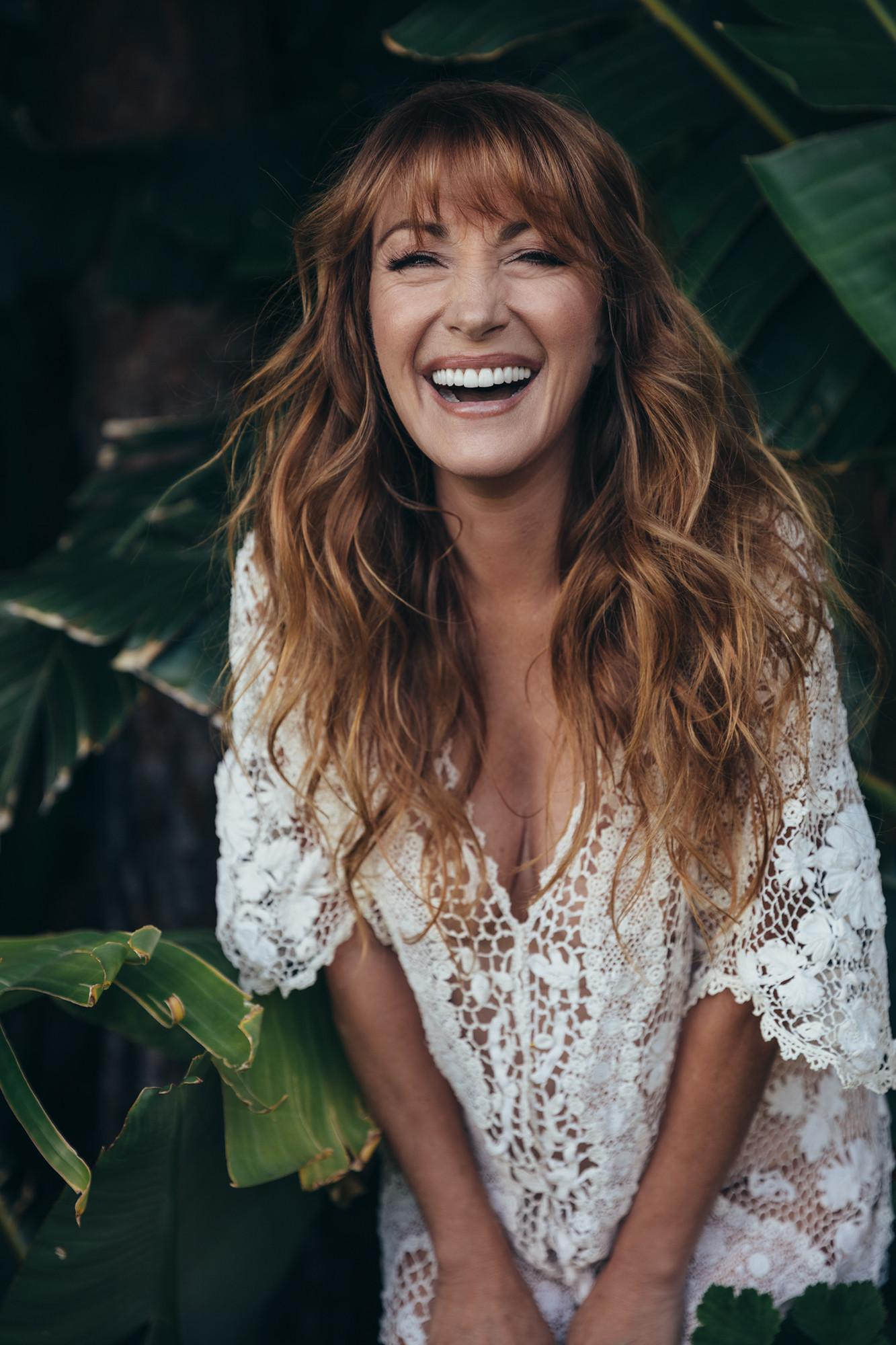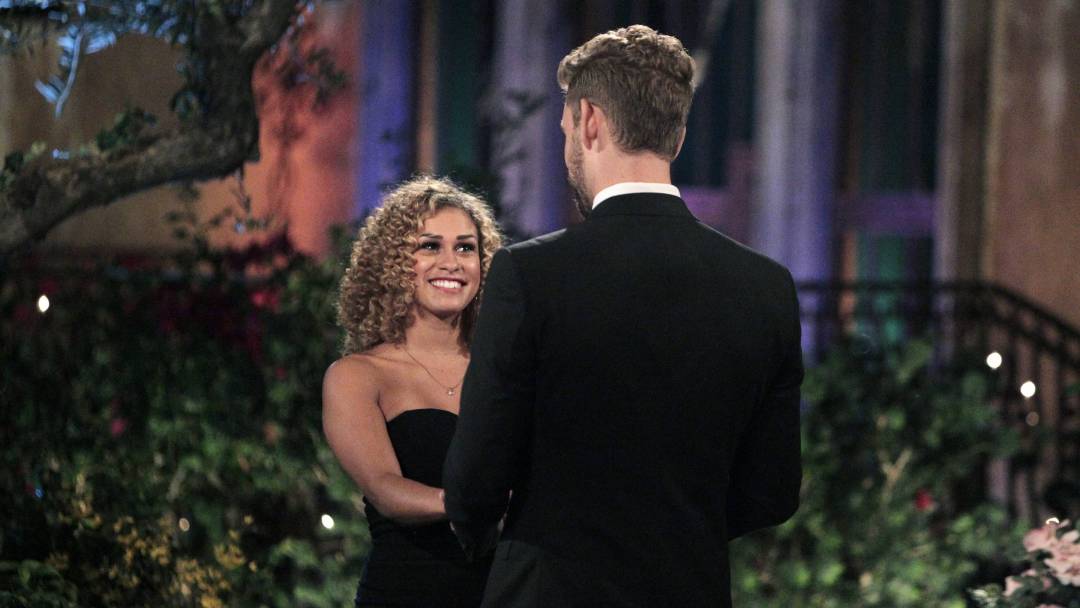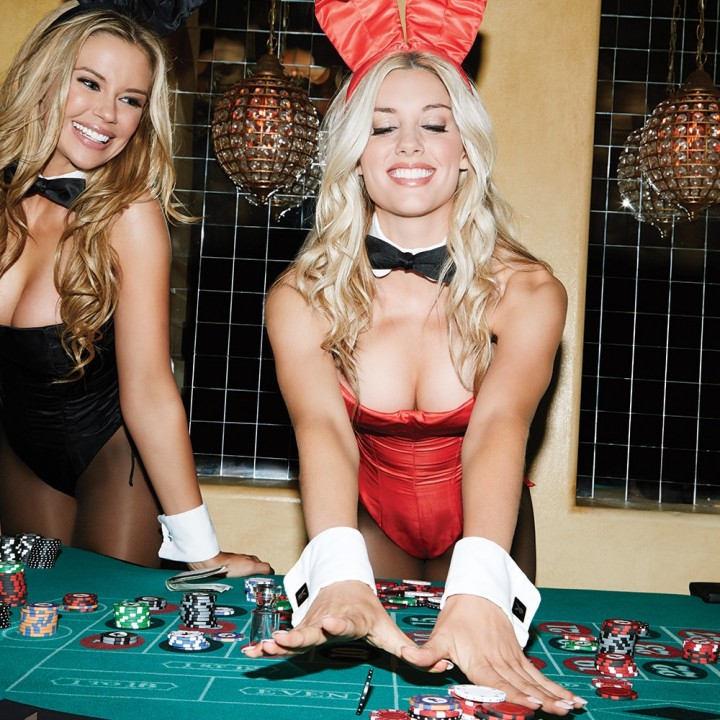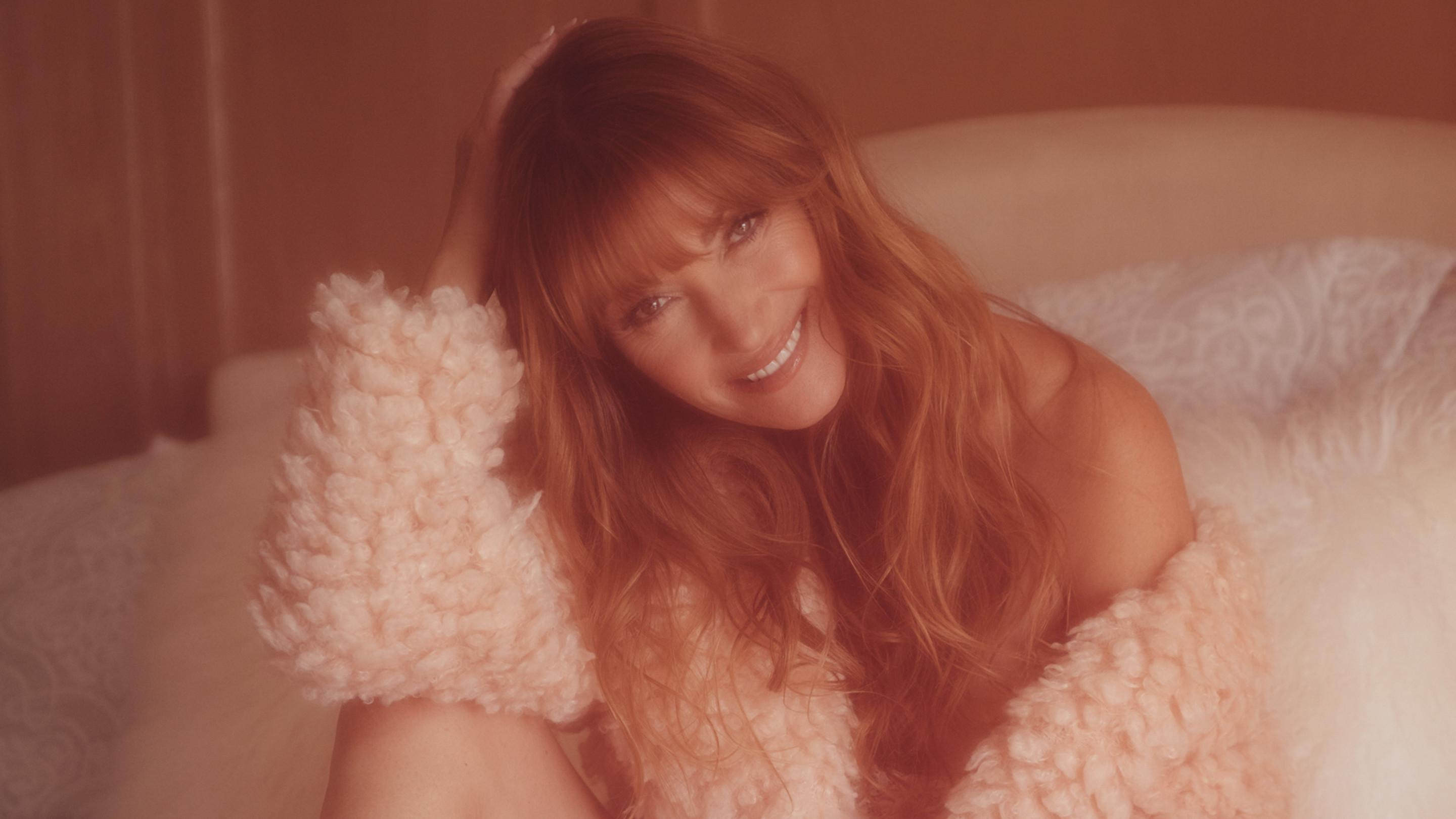
Becoming Jane
With her new sitcom 'Let's Get Physical,' Jane Seymour continues to capture our attention
It’s the kind of epitomic, sunbaked February day in southern California that makes the rest of the country seethe with jealousy, and Jane Seymour is spending it engaged in the sort of summertime activities—wading in her pool-adjacent hot tub that overlooks the Pacific Ocean, sipping on white wine with a lunch of salmon so rosy in color Thomas Keller himself would approve—that make outsiders dismiss Los Angeles as a la-di-da bubble full of self-absorbed creatives obsessed only with their “craft,” their appearances and cold-pressed juice.
“You think this is too much makeup?” she queries, her British accent softening consonants into such a pleasant hum that it’s more apt to call her voice a purr. “I haven’t done any surgeries or injections or anything. I haven’t done any of it,” she says. “So I still look like ‘me.’ Everyday I’m kind of tempted, but then I look at people I know and I don’t [recognize] them. I’m authentically being me. That’s important to me.”

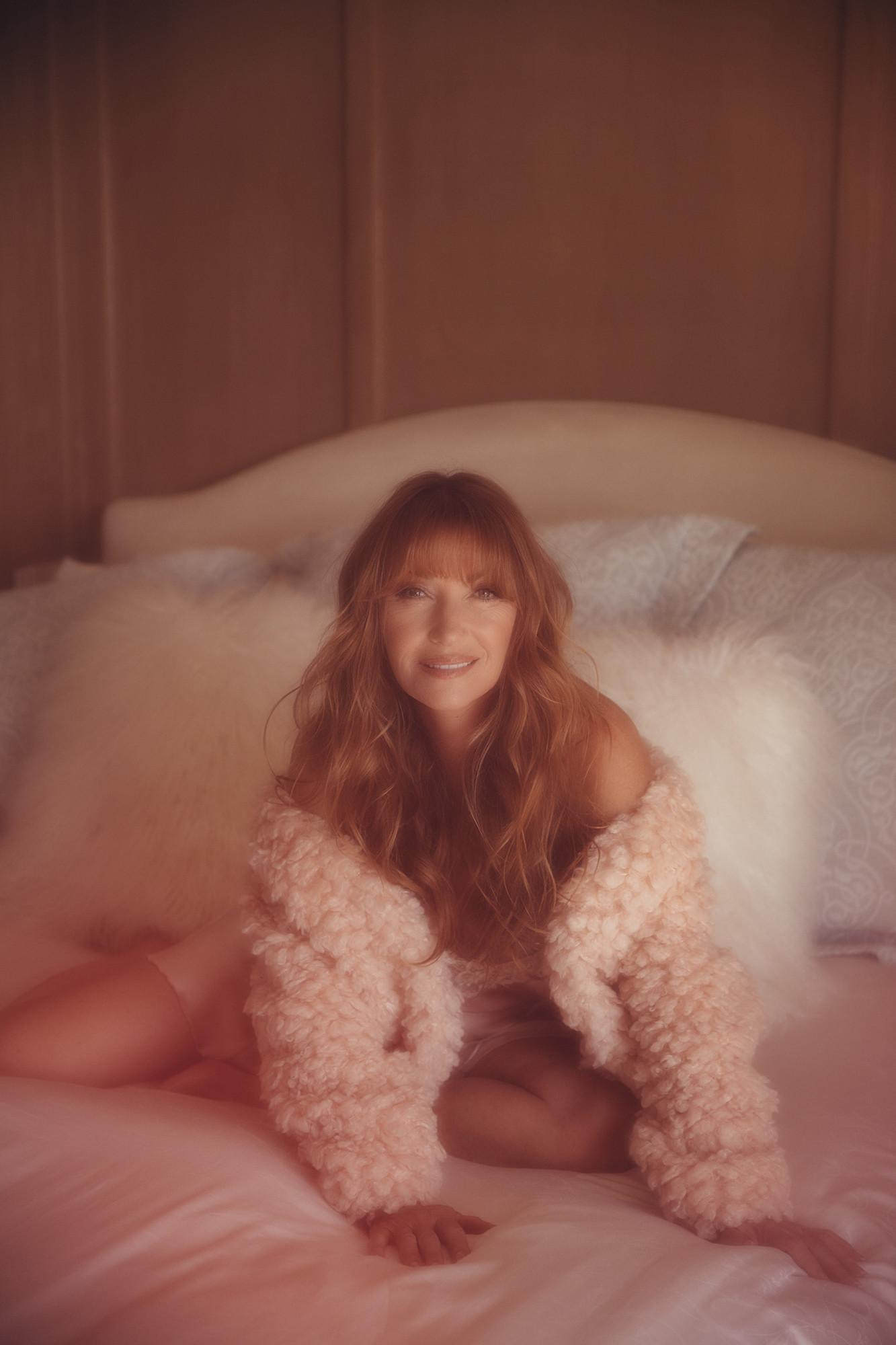
Her ever-increasing confidence continues to manifest in unexpected ways. Currently, Seymour stars in Pop TV’s ridiculously out-there new sitcom Let’s Get Physical as a “godmother of aerobics.” Following a middle-aged man’s inheritance of his recently deceased father’s gym, Let’s Get Physical has Seymour playing Mom—but an ambitious, physically fit mom who isn’t afraid of Spandex and sweat. In other words, Seymour’s latest role is more than enough of an excuse for the actress to show off her ballet-bred, gym-maintained body. Did I mention she just turned 67?
Today, her self-described “ratty” hair represents the aftermath of being photographed for this profile—her third Playboy pictorial, having appeared in the magazine’s July 1973 and January 1987 issues—wherein she effortly sowed lust in gauzy tops, the fringe of her locks falling just so. The details are in how she wears the clothes, not the clothes themselves. Indeed, Seymour is more of a sex symbol now than she was when she played a Bond girl in 1973’s Live and Let Die, and—go ahead, blast this on Twitter—it’s precisely because of her ability to manage a duality of talent that foolish men often claim is impossible for women to achieve: She is both hot and funny. As her work on Let’s Get Physical proves, she’s hotter and funnier than ever before.
I feel much sexier now than I ever did when I was younger. There’s an enormous freedom in having lived as long as I have.
But being a woman in Hollywood pre-Harvey Weinstein was just as, if not more, precarious. As her career gathered steam, Seymour almost became one of its casualties. As a child, Seymour dreamed of becoming a ballerina. On her first day of school in London, her heart thrummed with excitement when a teacher told her to queue separately. How special she was!, she recalls thinking. But when the school rang her mother, a nurse, and her father, a gynecologist-obstetrician, it was because, school administrators said, their daughter had flat feet, a speech impediment and required remedial classes. Her parents decided to enroll her in ballet classes instead. It worked.
By the time she was 12 years old, she was winning dance competitions and dancing at Covent Garden. “I'm somewhat driven,” Seymour says today with a grin. “My sisters would go to ballet class and then be done. I’d do ballet and wouldn’t stop—in the kitchen, beach, bedroom. That’s all I wanted to do. When I’d paint, I’d paint, paint, paint, paint, paint. I was abnormal. I’m not obsessive, but if I’m going to do it, I do the best I can.” Her teacher advised her to attend ballet school full-time, but her parents didn’t have the money. So she wrangled a partial scholarship to an impressive arts school, where she participated in every genre of the arts, from English pantomime to singing backup. Still, ballet remained her dream. At 17, she injured herself so badly she was told she’d never dance again. Devastated, she threw herself into acting, and the prizes soon followed.
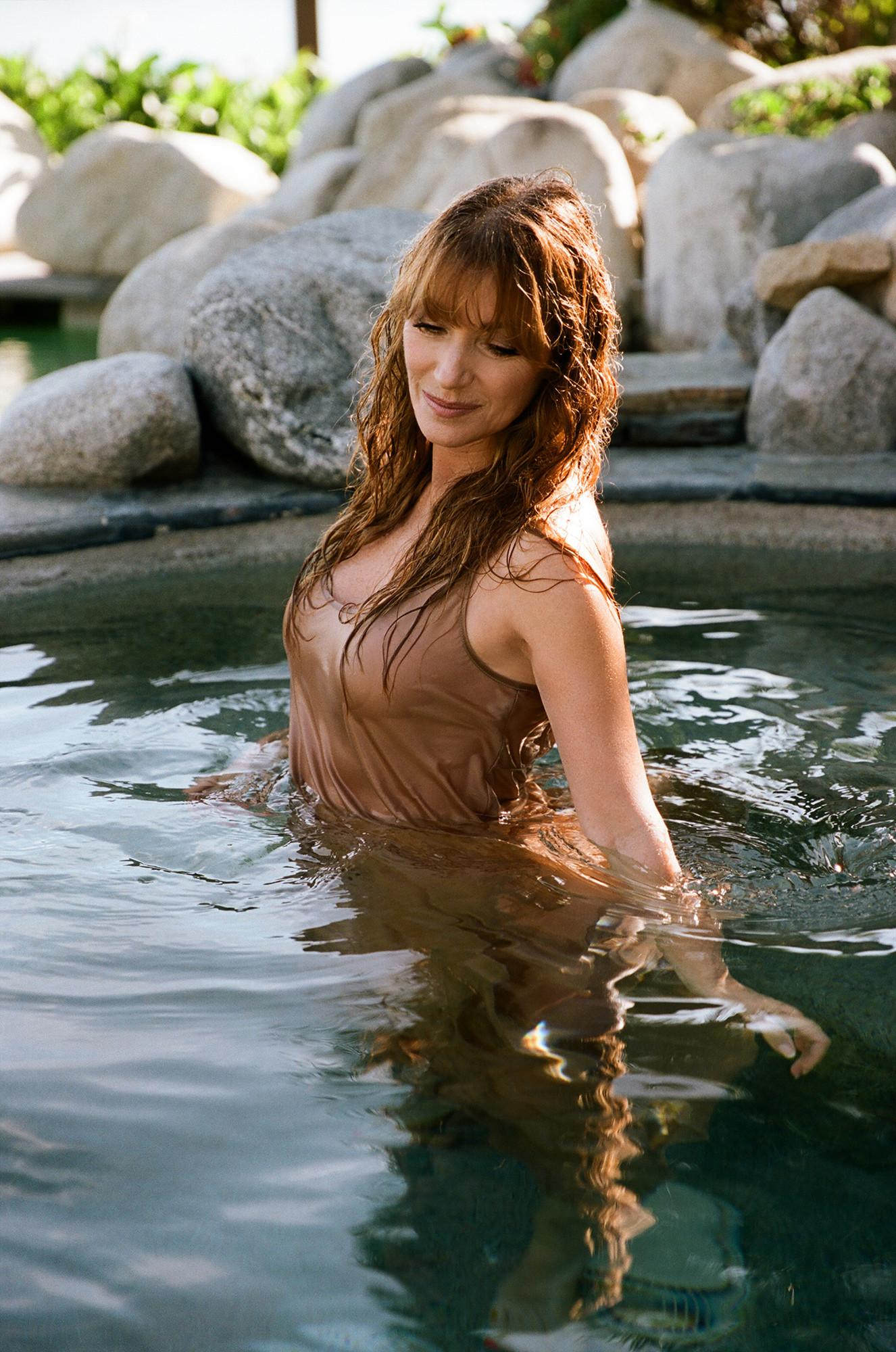

Before doing so, though, he wanted her to come to his house and watch the first screen test there. “I take a cab but no one's there,” Seymour says. She watched the test with the producer, who then turned to her and said, “I’ve persuaded everyone that you are the perfect person to play this role. It wasn’t easy. Now it’s your turn.”
“I said, ‘Yeah, I’m gonna do the screen test,’” Seymour remembers. But the producer shook his head and kept saying, “No, no, now it’s your turn. I’ve done this for you.” He put his hand on her leg “in the wrong place” and she “did the British ‘cross the leg, move down the couch’” routine, already convincing herself she could pretend it didn’t happen or that he’d stop. But he pressed on. Terrified and shaking, she asked him to call her a cab. “He put me in a car and said, ‘If anyone knows you ever came here, if you ever tell anyone, ever, I’ll guarantee you never work again anywhere on the planet.’” She pauses, looking me calmly in my eyes. “And he had that power. I got in the cab and cried, terrified.” The next morning, her agent called and asked if she'd met with the producer. When she lied and said no, her agent breathed a sigh of relief, relaying that the producer had a “bit of a reputation.”

Her career flourished thereafter, and now here we are, some 30 years later. “People say, ‘You’re like a phoenix.’ No, I just had a strong role model in my mother,” she continues. “Everyone will have challenges. Your natural instinct is to close up your heart and let it eat you up. Do something to help someone else. It will heal you. You’ll be like a magnet when you do that. Light to firefly.”
In her bathroom, however, she’s again dispelling the Hollywood stereotype and re-enforcing a much more familiar one—proud mom. On the verge of running late for the “Academy thing,” she’s scrolling through her phone to show off photos of her grandkids and to play me a recent song from one of her twin boys, a singer/songwriter in Nashville. I playfully suggest that her sons’ friends probably agree that she’s a magnet for many reasons. She’s bemused by the thought and admits that yes, she does get hit on by confident thirtysomethings from time to time. “I say, ‘Oh, darn, in another life.’ I find that very flattering. I mean, usually you’re invisible by this age!” she says, eyes twinkling. "I’m not trying to prove anything to anyone. When you’re younger, it’s all about ‘look at me.’ I’m not trying to get anyone to look at me,” she says.
Earlier in the day, for one set-up, Seymour sunk into her hot tub right at the turn of the golden hour—that quick slice of the day when the sun mellows to a glow. Dipping her head back, she had the most dazzling smile on her face, the amber light kissing her face. Invisible? No one could tear their eyes away.

